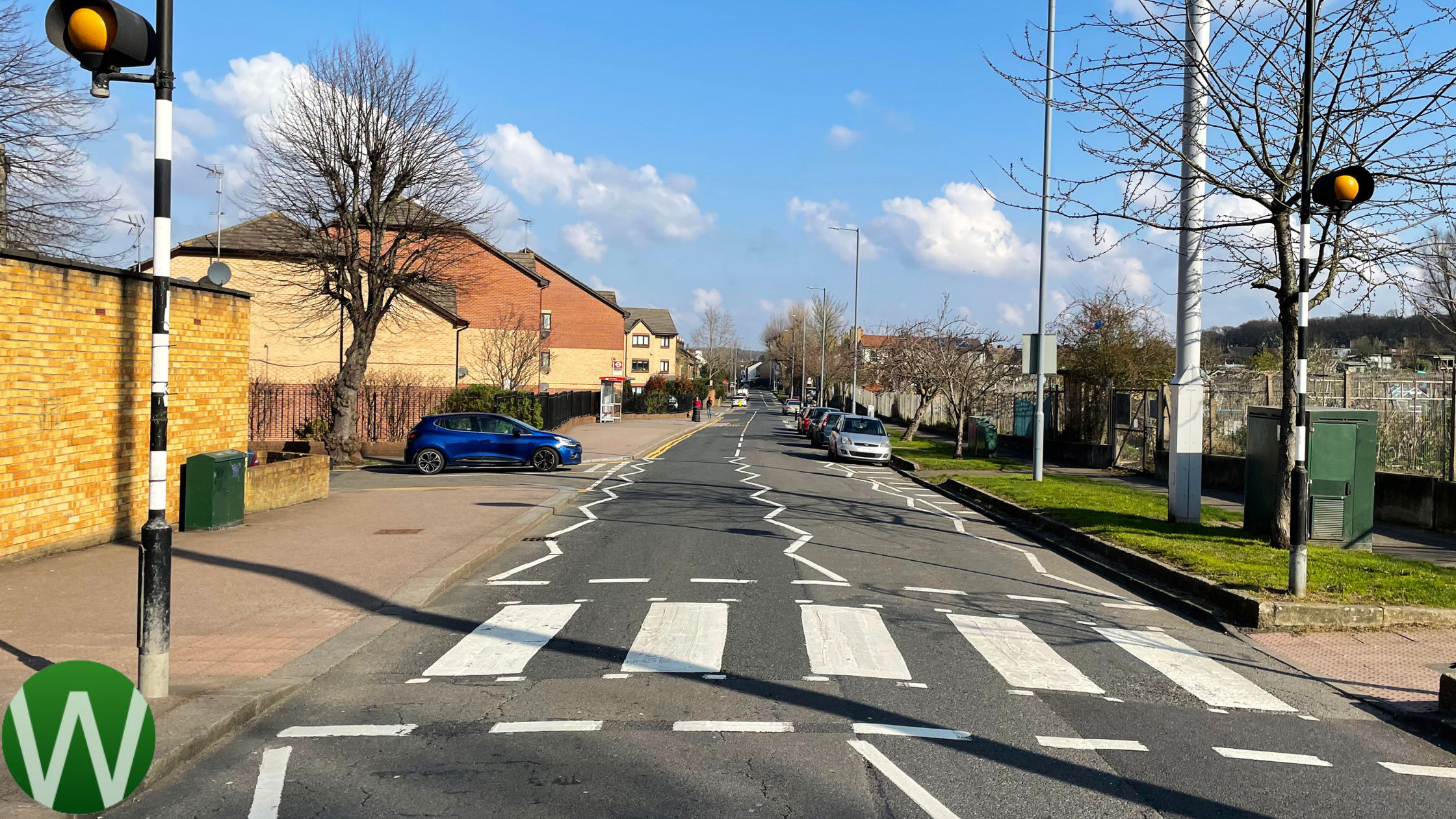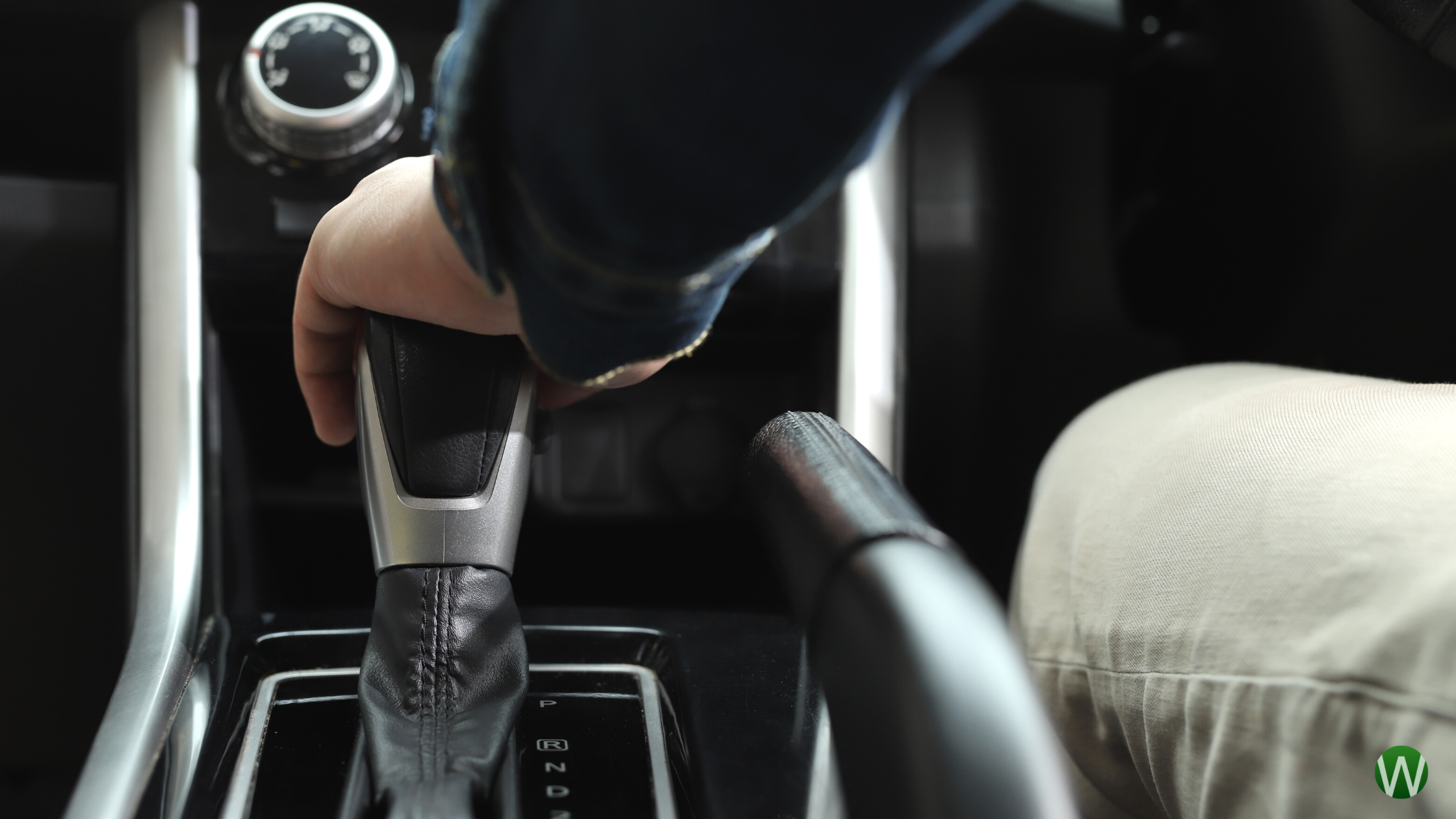Introduction
Understanding how to use pedestrian crossings is essential for safe driving in the UK. Both new drivers and experienced motorists must know the differences between zebra crossings and pelican crossings. These crossings play a direct role in keeping pedestrians safe and in helping traffic flow smoothly.
Lets look at the main types of pedestrian crossings you will encounter during driving lessons and in the theory test. We will clarify how each type works, what the Highway Code says, and how to respond as a driver or pedestrian. If you are preparing for your driving test, this information will help you feel confident at the wheel and support you in building safe driving habits for life.
For lesson bookings or to find out more about passing your test, visit Wimbledon Driving School’s booking page or see our guide to driving test success.
What Are Pedestrian Crossings?
Pedestrian crossings are marked sections of the road that help people cross safely. In the UK, crossings are designed to reduce the risk of accidents by making clear who has priority at different points on the road. All crossings are easy to spot, either through distinctive paintwork, traffic lights, or both.
The most common types you will find are zebra crossings and pelican crossings. There are other types, such as puffin, toucan, and pegasus crossings, but the zebra and pelican remain the focus for most learner drivers and theory tests.
What is a Zebra Crossing?
A zebra crossing is a simple marked path across the road, painted with broad black and white stripes. These crossings are always marked with flashing amber beacons, known as Belisha beacons, on either side.
Key features of zebra crossings:
- No traffic lights. Instead, the stripes and beacons signal a crossing point to both drivers and pedestrians.
- Pedestrian priority. Vehicles must stop if anyone is waiting to cross or steps onto the crossing.
- Typical locations: Found on residential roads, near schools, and in areas where traffic is steady but not heavy.
Rules for drivers at zebra crossings:
- Slow down as you approach a zebra crossing.
- Be ready to stop if anyone is waiting to cross or signals their intent to cross.
- Stop before the white zig-zag lines that mark the approach to the crossing.
- Never overtake on or near a zebra crossing.
Rules for pedestrians:
- Stand on the kerb and wait until vehicles have stopped.
- Make eye contact with drivers before stepping out.
- Walk directly across without running or loitering.
Learn more about passing your driving theory test with Wimbledon Driving School’s essential revision tips.
What is a Pelican Crossing?
A pelican crossing, which stands for PEdestrian LIght CONtrolled crossing, is a signal-controlled crossing operated by pedestrians. These crossings use a push-button system, which allows pedestrians to activate a set of traffic lights.
Key features of pelican crossings:
- Push-button operated: Pedestrians press a button to activate the traffic lights.
- Traffic lights control: When the green man is lit, pedestrians may cross. When the red man is lit, they must wait.
- Flashing amber phase: After the red signal, a flashing amber light lets drivers go if the crossing is clear, but they must still give way to anyone still crossing.
- Central refuge: Many pelican crossings have an island in the middle for pedestrians to wait if they cannot cross in one go.
Rules for drivers at pelican crossings:
- Obey all traffic lights.
- Stop when the red light is showing.
- At flashing amber, give way to pedestrians on the crossing, and proceed only when clear.
- Do not move off until the crossing is completely clear.
Rules for pedestrians:
- Press the button and wait for the green man.
- Do not start to cross when the red man is showing.
- If the green man starts to flash while you are on the crossing, continue to the other side promptly.
- Do not rush, but do not linger on the crossing.
Zebra vs Pelican Crossing: What Are the Main Differences?
Both crossings are designed for pedestrian safety, but they work in different ways. Understanding the main differences will help you as both a driver and a pedestrian.
| Feature | Zebra Crossing | Pelican Crossing |
| Signals | Painted stripes, flashing beacons | Push-button, traffic lights |
| Pedestrian priority | Always has right of way | Only when green man is showing |
| Traffic flow control | Driver must watch for waiting pedestrians | Controlled by traffic lights |
| Typical locations | Lower-speed/residential roads | Busier roads, junctions |
| Additional notes | No red/green light for vehicles | Light sequence includes flashing amber |
Other Common UK Pedestrian Crossings
While zebra and pelican crossings are the most widely used, it is useful to be aware of other types:
- Puffin Crossing: Uses sensors to detect pedestrians, replacing the pelican crossing in many areas.
- Toucan Crossing: Designed for both pedestrians and cyclists, with a wider crossing path and shared lights.
- Pegasus Crossing: Used where horses are likely to cross, with an extra button at rider height.
For the driving test, you are most likely to be asked about zebra and pelican crossings, but knowing these other types is helpful for real-world driving.
How to Approach a Pedestrian Crossing: Step-by-Step
For drivers:
- Scan ahead: Spot crossings early, especially near schools, shops, or bus stops.
- Reduce speed: Slow down on approach, watch for pedestrians waiting.
- Observe the crossing: Look for signals, beacons, and anyone close to the edge of the kerb.
- React early: Be prepared to stop. Never accelerate towards a crossing.
- Wait patiently: Only proceed when the crossing is completely clear.
For pedestrians:
- Wait at the kerb: Ensure drivers have seen you and are stopping.
- Look both ways: Check for any approaching vehicles.
- Cross promptly: Once vehicles have stopped, walk directly across.
- Do not distract drivers: Avoid sudden moves or using your phone while crossing.
Why Pedestrian Crossings Matter for Learner Drivers
Every driving lesson will cover pedestrian crossings, as using them correctly is a key part of safe road use. Test examiners often ask candidates to explain how crossings work, and they observe how well you deal with them on the road.
Mistakes to avoid:
- Failing to stop for a waiting pedestrian at a zebra crossing.
- Ignoring a red light at a pelican crossing.
- Moving off before the crossing is clear.
- Overtaking near crossings.
Frequently Asked Questions
Do drivers always have to stop at zebra crossings?
Yes, if anyone is waiting at the crossing or has started to cross, drivers must stop and wait.
What should you do if the lights turn amber at a pelican crossing?
If the lights are flashing amber, you may go only if the crossing is clear. If anyone is still crossing, you must wait.
Can you be fined for ignoring pedestrian crossings?
Yes. Failing to stop, overtaking near crossings, or ignoring signals can lead to penalty points, fines, and test failure for learners.
The Importance of Pedestrian Crossings for Road Safety
Crossings are essential for protecting pedestrians and for keeping roads safe for everyone. They help prevent accidents, provide confidence to vulnerable road users, and keep traffic moving in busy areas.
Both zebra and pelican crossings have clear rules designed to be easy to follow for both drivers and pedestrians.
Tips for Learner Drivers
- Practice observation: Spot crossings early and plan your approach.
- Discuss crossings: Talk through what you see and do at each type with your instructor.
- Visit busy locations: Practise near schools, shops, and main roads to build real-world experience.
- Mock tests: Ask your instructor to quiz you on crossing types during lessons.
Summary: What Every Driver Needs to Know
- Zebra crossings: Marked with stripes, no lights, pedestrian always has priority.
- Pelican crossings: Operated by push button, uses traffic lights, pedestrian crosses on green man.
- Safety: Always be alert, give way when required, and never rush through a crossing.
- Test success: Good knowledge and careful observation at crossings help you pass your test and drive safely for life.
Ready to Pass Your Driving Test?
Mastering pedestrian crossings is just one part of learning to drive. If you want practical support, clear guidance, and the confidence to pass your test, book a lesson with one of our experienced instructors. Or see the areas we cover





